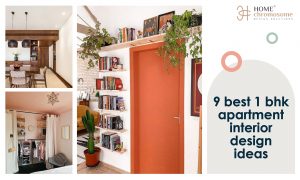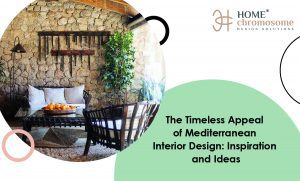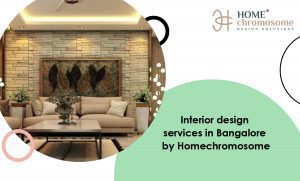When we think of the Victorian era interior design, an image of luxury, elegance, and intricate designs often comes to mind. It was a time of grandeur and sophistication in Victorian era interior design, emphasizing intricate details, lush fabrics, and ornate furniture. However, one aspect of Victorian era interior design that often goes unnoticed but is equally captivating is the art of asymmetry. Yes, you read that right – asymmetry!
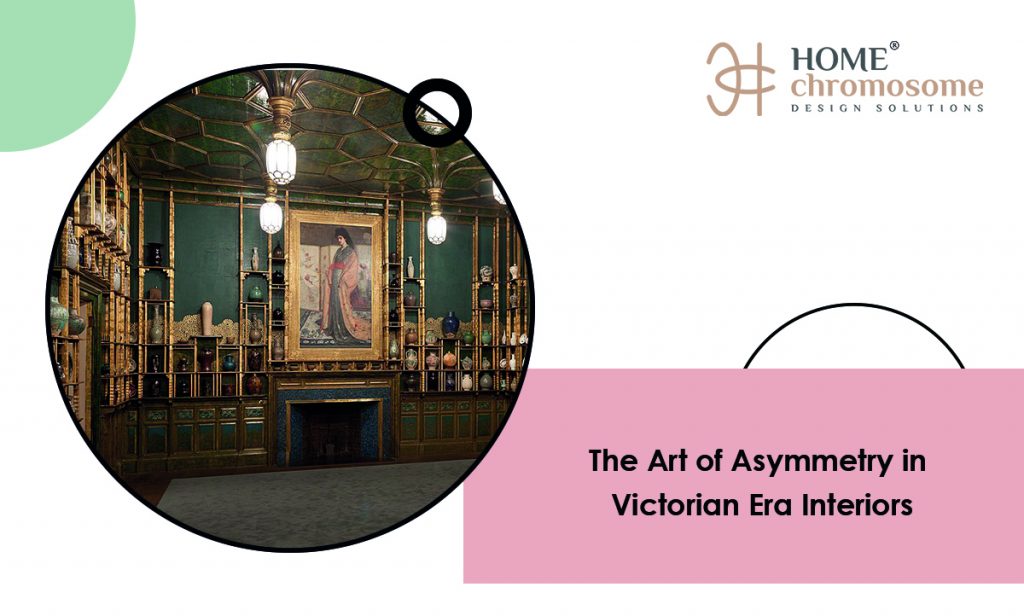
In this article, we will take you on a journey back in time to explore the mesmerizing world of Victorian era interior design. We will delve into the unique charm of asymmetry, a design element that added flair and character to homes during this era. Get ready to uncover the secrets of this artistic approach that made Victorian era interior designs stand out from the rest!
The Allure of Asymmetry in Victorian Design
Victorian era interiors, which spanned from the mid-19th century to the early 20th century, were marked by a fusion of various architectural and design styles. This eclectic mix resulted in rich texture, color, and personality spaces. At the heart of this design philosophy was the embrace of asymmetry, a departure from earlier periods’ balanced and symmetrical aesthetics.
Embracing Imperfection
In the Victorian era, perfection was not the ultimate goal of interior design. Instead, designers and homeowners embraced the idea that asymmetry added depth and intrigue to a space. Asymmetrical arrangements of furniture, art, and décor elements were celebrated for their ability to create focal points and draw the eye to unexpected details.
- Victorian Era Interiors Tip #1: Don’t be afraid to mix and match furniture and décor items asymmetrically. It adds character and keeps the eye engaged.
“Unveil the secrets of Victorian era interior design for a luxurious ambiance.”
The Eclectic Blend of Styles
Victorian interiors were characterized by an eclectic mix of design styles, including Gothic Revival, Renaissance Revival, and the Eastlake movement, to name a few. This blend of styles allowed for the incorporation of diverse elements into a single room, resulting in a harmonious yet asymmetrical composition.
- Victorian Era Interiors Tip #2: Experiment with incorporating different design styles within the same room. The juxtaposition of elements creates a visually stimulating atmosphere.
“Unveil the secrets of Victorian era interior design for a luxurious ambiance.”
The Role of Textiles and Patterns
One of the most captivating aspects of Victorian era interiors was the lavish use of textiles and patterns. Every surface was an opportunity for artistic expression, from intricate wallpapers to lush upholstery.
Wallpaper Wonders
Wallpapers in Victorian homes were anything but plain. They featured elaborate patterns, vibrant colors, and often asymmetrical designs that told a story. The use of wallpaper extended beyond walls; it adorned ceilings and furniture.
- Victorian Era Interiors Tip #3: Consider using bold, patterned wallpaper to create a statement wall. Be bold and choose designs with asymmetrical motifs.

Opulent Upholstery
Upholstered furniture was a hallmark of Victorian interiors. Plush sofas and chairs were adorned with rich fabrics, often featuring asymmetrical patterns and intricate stitching. Tassels, fringes, and buttons added depth and texture to these pieces.
- Victorian Era Interiors Tip #4: Invest in upholstered furniture with asymmetrical detailing. It adds a touch of luxury & sophistication to your space.
The Beauty of Eclectic Collections
Victorian homeowners were avid collectors of art, antiques, and curiosities worldwide. This penchant for collecting led to interiors filled with an array of unique and asymmetrical displays.
“Unveil the secrets of Victorian era interior design for a luxurious ambiance.”
Curiosities and Collections
Cabinets of curiosities, known as “wunderkammer,” were popular during the Victorian era. These cabinets housed an assortment of oddities, from exotic shells and taxidermy specimens to antique books and geological specimens. The arrangement of these collections was often asymmetrical, creating a sense of wonder and discovery.
- Victorian Era Interiors Tip #5: Create your cabinet of curiosities by showcasing your eclectic collections in a unique, asymmetrical display.
Artful Display of Art
Art played a significant role in Victorian interiors. Paintings, sculptures, and decorative art pieces were displayed with careful consideration of asymmetry. Gallery walls featuring various artwork in varying sizes and frames were a common sight.
- Victorian Era Interiors Tip #6: Design a gallery wall that incorporates asymmetry in the arrangement of art pieces. It adds visual interest and personalizes your space.
“Unveil the secrets of Victorian era interior design for a luxurious ambiance.”
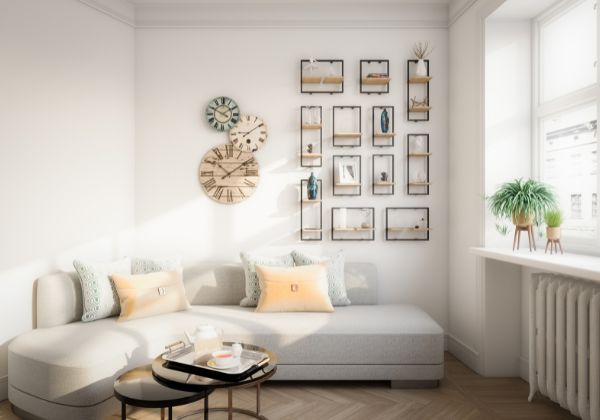
The Grandeur of Architectural Details
The Victorian era was characterized by ornate architectural details that adorned the interior and exterior of homes. These intricate elements were often arranged asymmetrically to create a sense of drama and grandeur.
Staircases That Soar
Victorian homes often boasted grand staircases that served as a focal point in the entryway. These staircases featured asymmetrical balusters, ornate newel posts, and elaborate carvings that left a lasting impression on visitors.
- Victorian Era Interiors Tip #7: If your home has a staircase, consider incorporating asymmetrical details in the balustrade or handrail to make it a standout feature.
Intricate Moldings and Trim
Architectural trim and moldings were functional and highly decorative in Victorian interiors. Crown moldings, wainscoting, and intricate woodwork were used to create visual interest, often asymmetrical.
- Victorian Era Interiors Tip #8: Enhance the architectural details in your home by adding asymmetrical moldings or trim. It elevates the overall look and feel of the space.
“Learn how to incorporate Victorian era interior design elements into your decor.”
Conclusion: Embrace the Art of Asymmetry
Victorian era interior design is a timeless symbol of elegance and creativity. The use of asymmetry, blending eclectic styles, and celebrating imperfections created captivating spaces. Embrace asymmetry in your design journey for a rich, character-filled home, whether in a Victorian-era house or a modern apartment. Discover the enduring allure of Victorian-era interiors where imperfection is perfection!
“Learn how to incorporate Victorian era interior design elements into your decor.”


